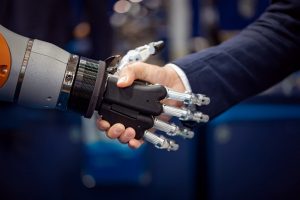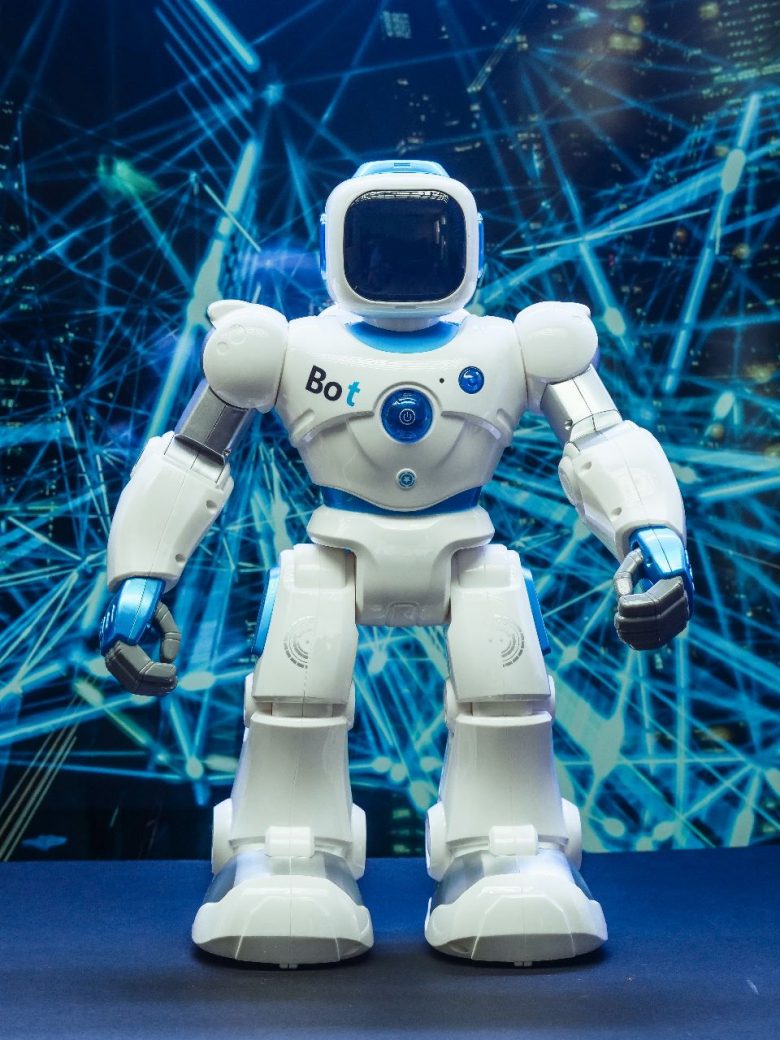Artificial intelligence (AI) has the potential to revolutionize many aspects of our lives, from healthcare and transportation to education and entertainment. However, as with any new technology, it’s essential to consider the potential risks and ensure that AI is developed and used safely and responsibly.
One potential risk of AI is that it may be used for malicious purposes, such as hacking or cyber-attacks. To address this risk, it is vital to ensure that AI systems are designed and implemented with security in mind.  This may involve implementing robust authentication and access control measures, regularly updating software and security protocols, and conducting regular security audits.
This may involve implementing robust authentication and access control measures, regularly updating software and security protocols, and conducting regular security audits.
Another potential risk of AI is that its decisions and actions may be biased or unfair. This can occur if the data used to train the AI system is biased or if the AI system itself is designed in a personal manner. To address this risk, it is essential to ensure that the data used to train AI systems is diverse and representative of the population it will be used on. Additionally, it is crucial to design AI systems with fairness in mind and to regularly test and audit them for bias.
A third potential risk of AI is that it may be used to make decisions that have significant consequences for individuals or society, such as employment, credit, or healthcare. In these cases, it is important to ensure that the AI system is transparent and explainable so that individuals can understand how decisions are being made and have the opportunity to challenge them if necessary.
Finally, it is crucial to consider the potential impacts of AI on employment and the economy. While AI has the potential to automate many tasks and increase efficiency, it may also result in job displacement. To address this risk, it is essential to consider AI’s potential impacts on employment and develop policies and programs that support workers who may be affected by automation.
Here are a few critical considerations for making AI safe:
Ensuring transparency: It’s important to understand how AI systems make decisions, especially when they have the potential to impact people’s lives. This includes ensuring transparency in the data and algorithms used to train AI systems, as well as the processes by which they make decisions.
Managing bias: AI systems can sometimes reflect the preferences of the data they are trained on or the biases of the people who develop them. Identifying and mitigating these biases is essential to ensure that AI systems are fair and just.
Ensuring accountability: AI systems can have significant consequences, and it’s important to ensure accountability for any negative impacts they may have. This could include establishing clear guidelines for the development and use of AI and mechanisms for addressing any problems that may arise.
Ensuring security: AI systems can be vulnerable to hacking and other forms of cyber attack, and it’s essential to ensure that they are secure to protect sensitive data and prevent misuse.
Ensuring safety: In some cases, AI systems may be used in critical applications where security is of the utmost importance, such as self-driving cars or medical devices. It’s vital to ensure that these systems are thoroughly tested, and that appropriate safeguards are in place to mitigate any risks. Overall, making AI safe involves a combination of technical and social measures to ensure that the technology is developed and used responsibly.
In conclusion, ensuring the safety of AI is a complex and multifaceted challenge. It requires a combination of robust security measures, attention to bias and fairness, transparency and explainability, and policies and programs that consider the potential impacts on employment and the economy. We can ensure that AI is developed and used responsibly and ethically by addressing these issues.


